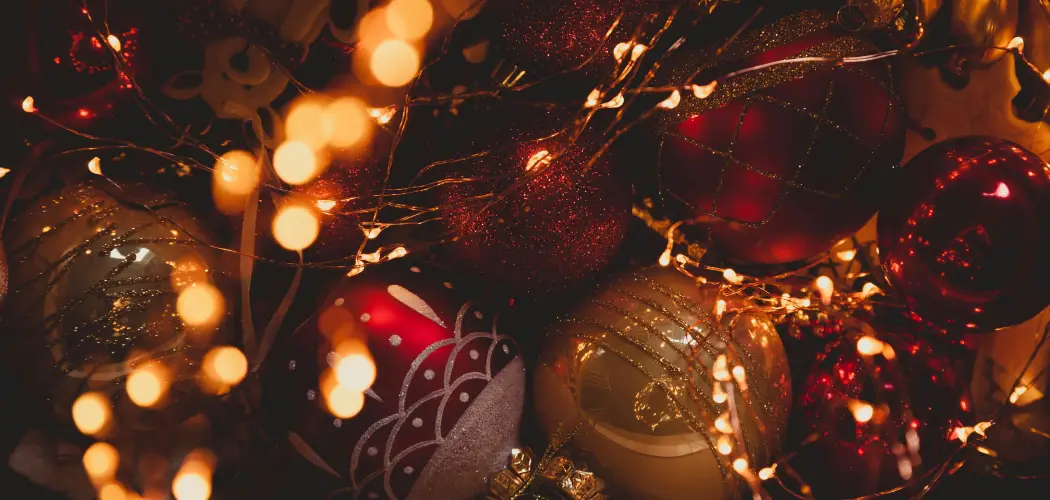The festive season is a time for joy and meaningful decoration, and using the right type of Christmas lights for indoor and outdoor settings is crucial. Choosing the proper lights can significantly impact safety, ensuring that your holiday decorations remain a source of happiness rather than danger. Using indoor lights outdoors or vice versa can lead to potential safety hazards, such as electrical shorts or even fire risks, when exposed to elements they weren’t designed to handle.
This article aims to provide a clear guide on how to tell if Christmas lights are indoor or outdoor, enabling you to make informed decisions and keep your festive displays beautiful and safe. Understanding these differences helps preserve the decorations’ integrity and ensures a worry-free holiday, focusing on celebration rather than safety concerns.
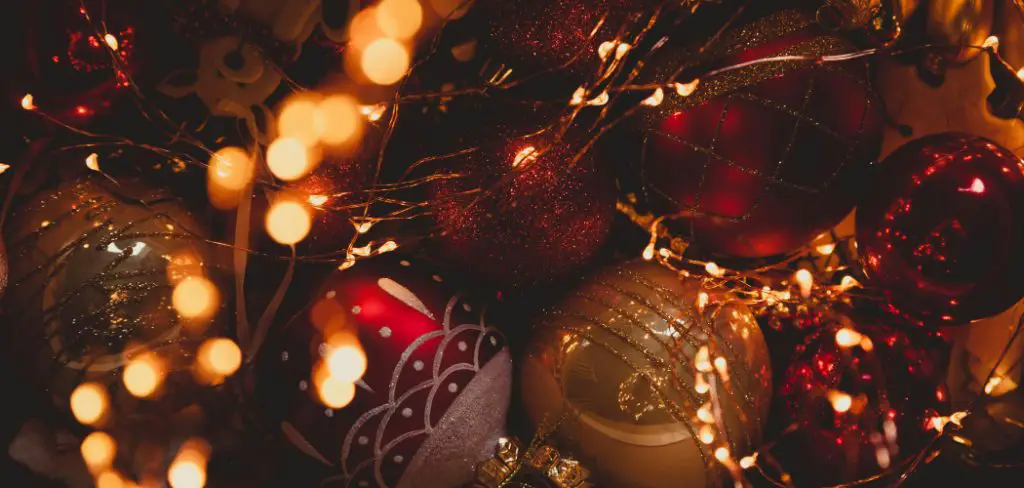
Understanding the Difference Between Indoor and Outdoor Christmas Lights
When decorating for the festive season, using the correct type of Christmas lights is essential to avoid safety hazards. Indoor Christmas lights are specifically designed for dry environments like homes, offices, or other enclosed spaces. These lights typically feature lighter wiring, which is well-suited for areas protected from moisture, wind, or temperature extremes. Without the need for weatherproofing, indoor lights provide an elegant, cost-effective solution for creating a warm and inviting atmosphere within the confines of an interior space.
In contrast, outdoor Christmas lights are constructed to withstand harsher conditions. Built for durability, these lights can handle rain, snow, and varied temperatures. To ensure they function safely in these environments, outdoor lights often come with thicker insulation and UV protection, preventing degradation from prolonged sun exposure.
Additionally, they may include safety features such as sealed bulb sockets and weatherproof plugs to prevent electrical shorts when exposed to moisture. Understanding these distinctions is vital in ensuring that your holiday decorations enhance your home’s beauty and maintain your surroundings’ safety throughout the holiday season.
How to Tell if Christmas Lights Are Indoor or Outdoor: Check the Manufacturer’s Label
When selecting Christmas lights, one of the most reliable ways to determine their appropriate usage is by checking the manufacturer’s label for safety ratings. These labels provide essential information on whether the lights are suitable for indoor or outdoor environments, helping you make informed decisions that maximize safety and performance.
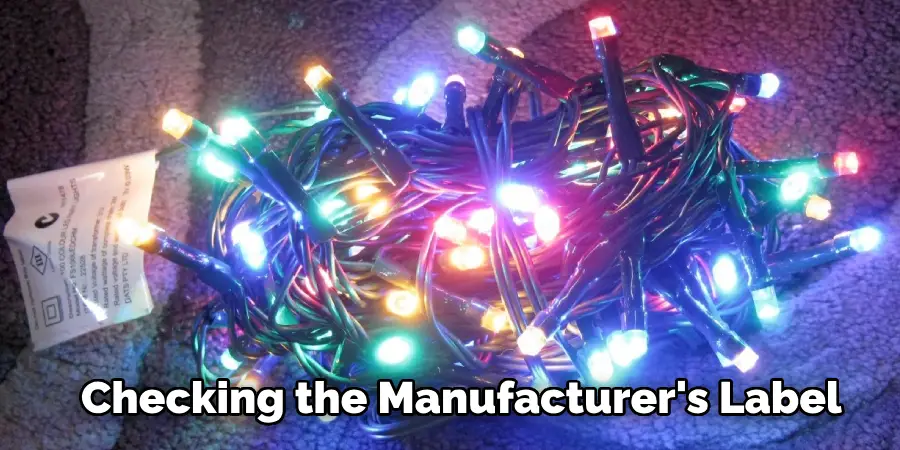
Look for the UL Rating
Most Christmas lights undergo rigorous testing by Underwriters Laboratories (UL) to ensure their safety in various conditions. A quick inspection of the UL label can reveal the intended use for your lighting.
- UL Labels to Look For:
- “UL Listed for Indoor Use Only” or simply “For Indoor Use” suggests the lights are designed for dry, indoor settings without moisture exposure.
- “UL Listed for Indoor/Outdoor Use” or “For Outdoor Use” indicates the lights can safely function in both indoor and outdoor conditions, making them versatile for various settings.
Where to Find the UL Label
The UL label is typically located in several easy-to-find areas. You should check the packaging before purchase, near the plug, or on the tag attached to the wire of the lights for this crucial information.
Check the IP Rating (Ingress Protection Rating)
In addition to the UL rating, some Christmas lights, especially those designed for outdoor use, feature an IP (Ingress Protection) rating. This rating provides insight into the lights’ resistance to dust and moisture.
- IP44 or Higher: An IP44 rating or above means the lights can withstand water splashes from any direction, making them suitable for outdoor use.
- Lower Ratings (e.g., IP20): These indicate the lights are primarily for indoor use, offering protection only in dry environments.
By carefully inspecting these labels and ratings, you can ensure your Christmas lighting enhances your festive décor while upholding safety standards.
Inspect the Lights’ Construction
When determining whether Christmas lights are intended for indoor or outdoor use, inspecting their construction is as important as checking labels. Durability of Wiring and Insulation: Outdoor Christmas lights are designed with thicker, rubberized wiring, enabling them to resist harsh weather conditions like rain, snow, and UV exposure.
This robust construction ensures that the lights can safely operate in outdoor settings without succumbing to environmental damage. Conversely, indoor lights feature thinner, more flexible wires that are better suited for dry, stable indoor environments. These wires are not equipped to handle moisture or temperature fluctuations, making them inadequate for use outside.
Weatherproof Plugs and Connectors: A key distinction in outdoor lights is the presence of weatherproof plugs and connectors. These components are sealed to prevent moisture from infiltrating and causing electrical shorts, thus ensuring the lights’ safe operation in wet conditions. In contrast, indoor lights generally have open, standard plugs that are susceptible to water, highlighting their unsuitability for outdoor use.
Length and Weight: The physical attributes of the lights also vary, with outdoor lights being longer and heavier to cover larger spaces, such as house exteriors and garden landscapes. Indoor lights are typically lightweight and compact, ideal for decorating smaller, more contained areas like Christmas trees, mantels, or staircases. Understanding these construction differences is vital for selecting the right lights to safely and effectively enhance holiday decor.

Evaluate the Light Bulb Type
When choosing Christmas lights, it’s important to evaluate the type of light bulb used, particularly when distinguishing between LED and incandescent varieties. Both indoor and outdoor Christmas lights can come with either type of bulb, though there are distinct differences based on their intended usage.
LED vs. Incandescent Bulbs:
Outdoor-rated lights frequently utilize more durable and water-resistant LED bulbs. These bulbs tend to be encased in hard plastic or shatterproof glass, providing enhanced protection against damage from adverse weather conditions. On the other hand, indoor light bulbs may be more fragile, and their glass construction makes them susceptible to shattering when exposed to harsh outdoor environments.
Examine Bulb Seals:
Another critical factor to consider is the seal of the bulbs. Outdoor lights typically have bulbs with sealed bases, which create a barrier that prevents water from infiltrating the socket. This feature is essential to prevent electrical shorts or failures, ensuring safe and reliable operation in outdoor environments.
Conversely, indoor bulbs may not have as tight a seal, allowing moisture to enter the socket if they are improperly used outdoors. This could result in malfunction or even present a safety hazard, highlighting the importance of using lights as per their designated environment.
Safety Guidelines for Using Lights Outdoors
Ensuring the safety of outdoor Christmas lighting requires adhering to a set of important guidelines. First and foremost, it’s critical to avoid using indoor lights outdoors. Even if indoor lights appear durable, they are not designed to resist moisture. Exposure to wet conditions can lead to dangerous electrical problems, such as short circuits and shocks.
Use GFCI outlets for outdoor lights to mitigate the risk of electrical hazards. Ground Fault Circuit Interrupter (GFCI) outlets are specifically designed to cut off power swiftly if a fault, such as a short or surge, is detected. This quick response helps to prevent electrical fires and potential shock.
Moreover, employ waterproof extension cords and timers. These accessories should be explicitly rated for outdoor use, ensuring they are equipped to handle damp and cold conditions without compromising their functionality. Waterproof extension cords and timers safeguard the electricity flow to your lighting, reducing the risk of faults and extending the safe operation of your outdoor decorations. Following these essential safety guidelines protects your property and assures a worry-free and enjoyable festive season. Always prioritize safety to enhance your outdoor holiday displays.
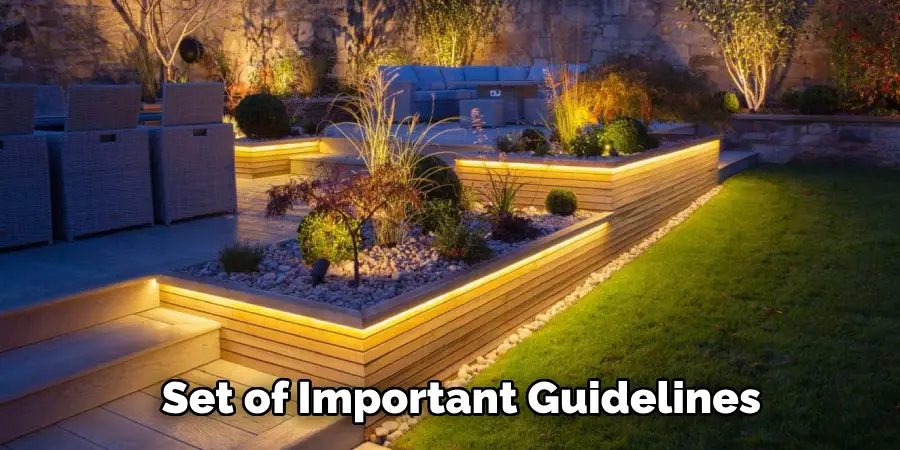
Testing Your Christmas Lights
Conducting a Water Test: For outdoor lights, it is essential to verify their waterproof capabilities by cautiously testing a small section of the strand in a protected, damp area. Avoid fully immersing the lights in water; instead, observe for any malfunctions when they are lightly exposed to moisture. This helps ensure that the outdoor lights can withstand the elements without compromising safety. Regularly Inspect for Damage: Regardless of whether the lights are for indoor or outdoor use, consistently inspect them for frayed wires, damaged bulbs, or loose connections before installation.
For outdoor lights specifically, examine them for signs of wear and tear from environmental factors such as wind, rain, or snow. These preventative measures are crucial to guarantee the safety and functionality of your Christmas lights, ensuring a festive and secure holiday display throughout the season.
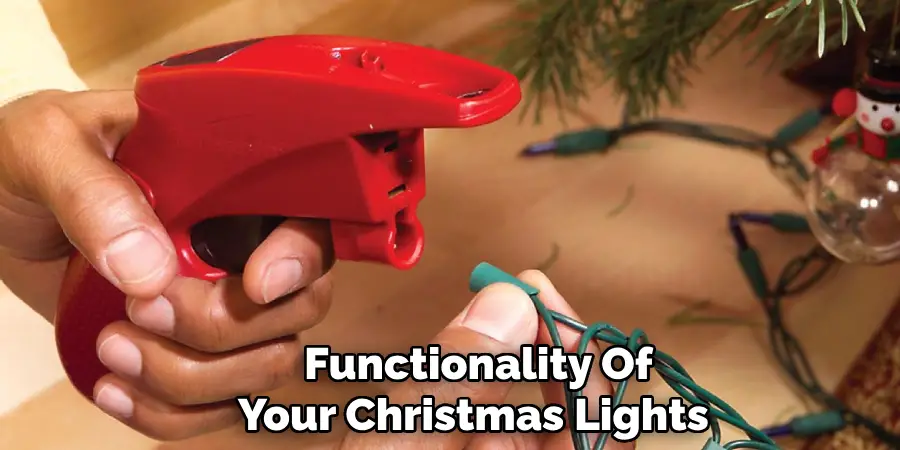
Conclusion
Understanding the key differences between indoor and outdoor Christmas lights is crucial for ensuring safety and longevity during the holiday season. Outdoor Christmas lights are built to withstand harsh weather conditions, featuring robust wires, weatherproof connectors, and durable bulbs, while indoor lights are designed for more controlled environments, with lighter construction and less protection from moisture.
To determine “how to tell if christmas lights are indoor or outdoor,” always read the labels and inspect the construction details before use. Look for specifications that indicate outdoor suitability, such as water-resistant features and reinforced seals. Adhering to these guidelines and using the appropriate type of lights for each environment reduces the risk of electrical hazards and damage. Always follow safety guidelines, utilize GFCI outlets, and employ waterproof extension cords to enjoy a festive, worry-free holiday season. Prioritizing safety ensures your holiday decorations shine bright all season long.

